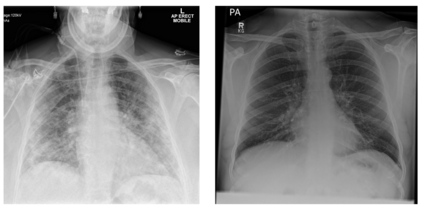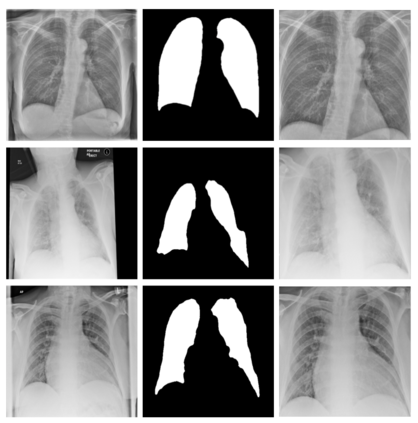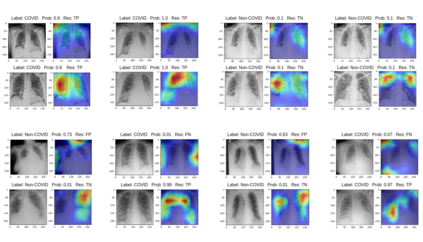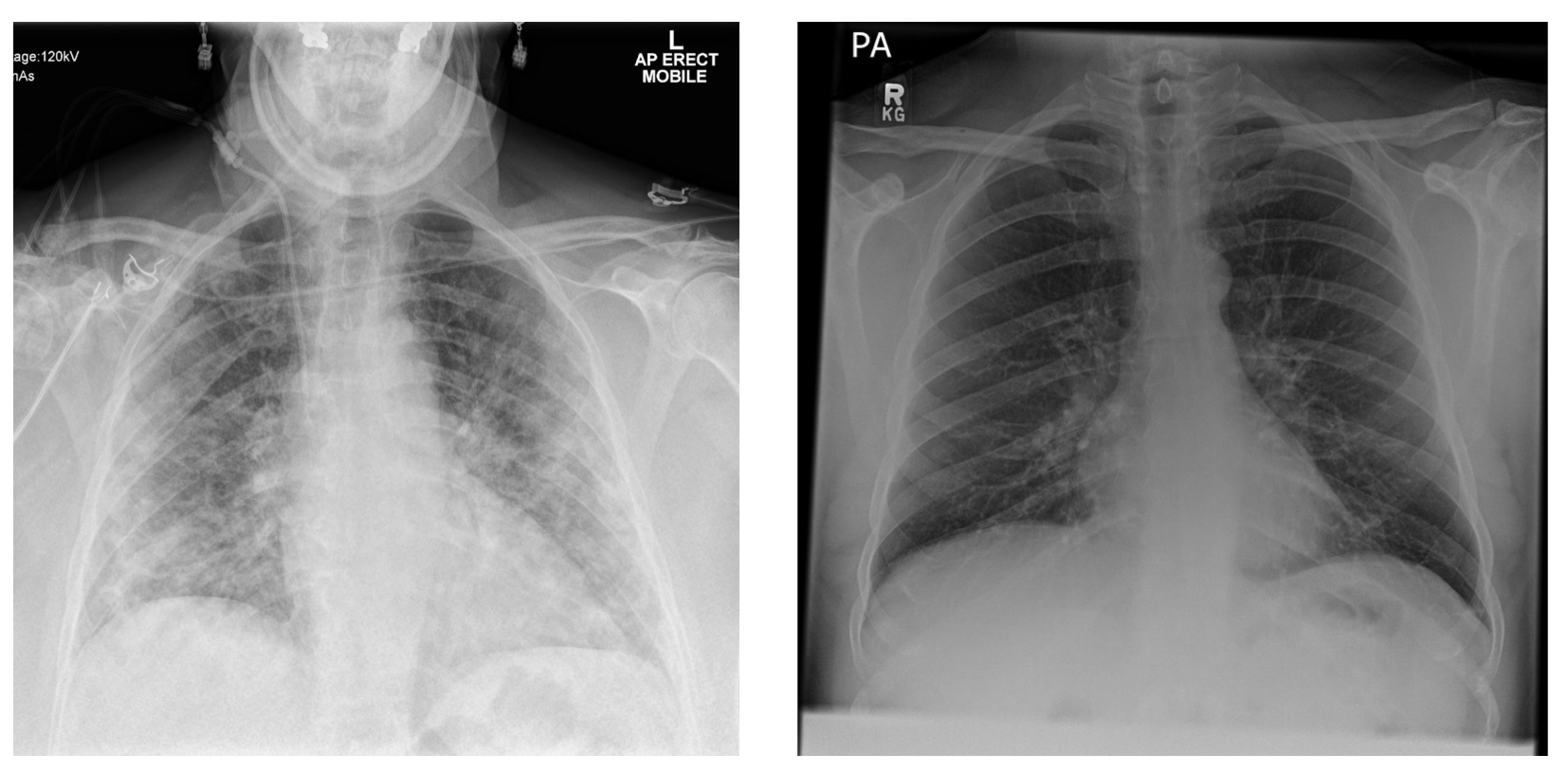During the COVID-19 pandemic, the sheer volume of imaging performed in an emergency setting for COVID-19 diagnosis has resulted in a wide variability of clinical CXR acquisitions. This variation is seen in the CXR projections used, image annotations added and in the inspiratory effort and degree of rotation of clinical images. The image analysis community has attempted to ease the burden on overstretched radiology departments during the pandemic by developing automated COVID-19 diagnostic algorithms, the input for which has been CXR imaging. Large publicly available CXR datasets have been leveraged to improve deep learning algorithms for COVID-19 diagnosis. Yet the variable quality of clinically-acquired CXRs within publicly available datasets could have a profound effect on algorithm performance. COVID-19 diagnosis may be inferred by an algorithm from non-anatomical features on an image such as image labels. These imaging shortcuts may be dataset-specific and limit the generalisability of AI systems. Understanding and correcting key potential biases in CXR images is therefore an essential first step prior to CXR image analysis. In this study, we propose a simple and effective step-wise approach to pre-processing a COVID-19 chest X-ray dataset to remove undesired biases. We perform ablation studies to show the impact of each individual step. The results suggest that using our proposed pipeline could increase accuracy of the baseline COVID-19 detection algorithm by up to 13%.
翻译:在COVID-19大流行期间,在对COVID-19进行诊断的紧急情况下,对COVID-19进行诊断的紧急环境下进行的大量成像量造成大量成像,导致临床CXR获取的临床CXR采购量变化很大,这种差异表现在使用的CXR预测、增加的图像说明以及临床图像的呼吸努力和旋转程度上。图像分析界试图通过开发自动COVID-19诊断算算法来减轻大流行病期间超负荷放射部的负担,该诊断算法是CVID-19的诊断的CXR(CXR)的输入量。大量公开提供的CXR(CXR)数据集被用来改进COVID-19诊断的深入学习算法。尽管在公开提供的数据集中使用的CXVID(C)诊断的深度分析中,临床获得的CXXXR(临床获得的CXR)(临床获得的CXXR(临床诊断191919191919191919191919191919)的临床分析是最重要的第一步。在本研究研究中,我们提议一个简单和有效步骤,我们建议一个简单的步骤,从一个简单的步骤,从一个简单的、一个步骤到一个步骤到一个步骤,从一个简单的、一个简单的、一个步骤到一个步骤,我们删除的、一个步骤,我们将一个步骤,我们将一个步骤,我们将一个简单的、一个简单的、一个步骤将一个步骤,我们之前的、一个步骤,一个步骤将一个步骤,我们将一个步骤,我们将一个方法,我们将一个方法将一个方法将一个方法将一个方法,将一个方法将一个方法到一个方法,一个方法将一个向一个方法将一个方法到一个方法,一个向一个方法将一个方法到一个方法,向一个向一个方法。我们将一个向一个方法。我们将一个方法。我们的一个,我们的一个,我们一个方法,一个方法将一个方法,向一个步骤,向一个方法建议,向一个方法到一个方法,一个方法,一个方法将一个方法将一个方法,一个方法,一个方法将一个方法,一个方法,一个方法将一个到一个到一个到一个方法,一个向一个向一个方法,向一个方法,向一个方法,向一个方法建议,以一个方法将一个方法将一个步骤,向一个向一个方法,以一个向一个方法,向一个方法,





